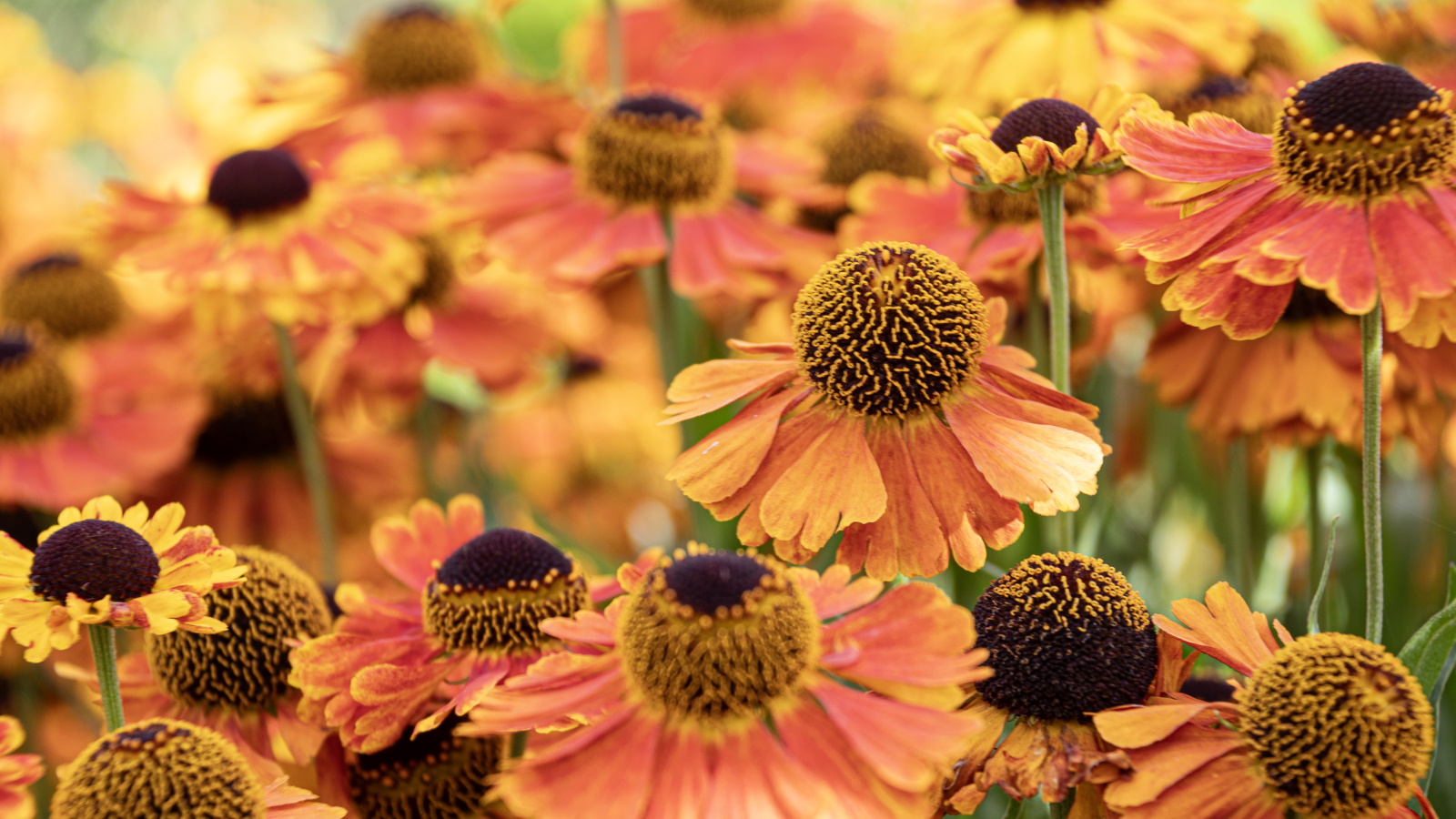
Yellow flowers bring a burst of sunshine and warmth to any garden, brightening up landscapes with their vibrant hues and cheerful demeanor. When it comes to selecting plants for your garden that return reliably year after year, perennial yellow flowers offer an excellent choice. These resilient blooms not only add color and beauty but also require minimal maintenance, making them a favorite among gardeners. In this guide, we’ll explore some of the most delightful yellow flowers that grace gardens with their presence season after season.
I. Introduction
Yellow flowers hold a special allure in the garden, drawing the eye with their radiant color and uplifting presence. Among the various options available, perennial yellow flowers stand out for their ability to return year after year, enriching the garden with their enduring beauty. In addition to their aesthetic appeal, perennial yellow flowers offer several advantages, including their adaptability to different growing conditions and their ability to attract pollinators such as bees and butterflies.
II. Coreopsis
A. Description and Characteristics Coreopsis, also known as tickseed, is a genus of flowering plants that includes a diverse range of species and cultivars. These cheerful perennials feature daisy-like flowers with vibrant yellow petals and contrasting dark centers. Coreopsis plants vary in height and habit, with some species forming compact mounds while others grow tall and erect.
B. Growing Conditions Coreopsis thrives in well-draining soil and prefers full sun to partial shade. These hardy perennials are drought-tolerant once established, making them well-suited for xeriscaping and low-maintenance gardens. Coreopsis plants benefit from regular watering during dry spells and occasional fertilization to promote healthy growth and blooming.
C. Maintenance and Care Tips To prolong blooming and maintain a tidy appearance, deadhead spent flowers regularly. Coreopsis plants may benefit from division every few years to rejuvenate overcrowded clumps and promote vigorous growth. In colder climates, provide winter protection by applying a layer of mulch around the base of the plants.
III. Black-eyed Susan
A. Overview and Attributes Black-eyed Susan, or Rudbeckia hirta, is a beloved perennial known for its bright yellow flowers with dark brown or black centers. These cheerful blooms add a splash of color to gardens and are a favorite among pollinators. Black-eyed Susans are versatile plants that thrive in a variety of growing conditions, from sunny borders to wildflower meadows.
B. Cultivation Requirements Black-eyed Susans prefer well-draining soil and full sun but can tolerate partial shade. These resilient perennials are drought-tolerant once established, making them suitable for low-maintenance landscapes. Regular watering during dry spells and occasional fertilization can help promote robust growth and abundant flowering.
C. Tips for Long-term Growth and Blooming To encourage continuous blooming, deadhead spent flowers regularly throughout the growing season. Divide overcrowded clumps every few years to maintain plant vigor and prevent overcrowding. Black-eyed Susans are relatively pest and disease-resistant but may benefit from occasional monitoring for signs of infestation or disease.
IV. Daylilies
A. Profile and Features Daylilies, belonging to the genus Hemerocallis, are perennial flowering plants known for their stunning blooms and easy-care nature. These versatile perennials come in a wide range of colors, including various shades of yellow. Daylilies are prized for their prolific flowering habit and long-lasting blooms, which typically last for one day before being replaced by new flowers.
B. Cultivation Guidelines Daylilies thrive in well-draining soil and full sun to partial shade. These hardy perennials are drought-tolerant once established and can tolerate a wide range of soil types. Regular watering during dry spells and occasional fertilization with a balanced fertilizer can help promote healthy growth and flowering.
C. Seasonal Care and Division Techniques Divide daylilies every few years to rejuvenate overcrowded clumps and promote vigorous growth and blooming. Divide plants in early spring or late summer, taking care to replant divisions at the same depth as the original plants. Remove spent flower stalks promptly to encourage continuous blooming throughout the growing season.
V. Rudbeckia
A. Introduction to Rudbeckia Rudbeckia, commonly known as coneflowers or black-eyed Susans, are a genus of flowering plants native to North America. These hardy perennials are prized for their bright yellow flowers with dark brown or black centers, which attract pollinators and add color to gardens from summer to fall.
B. Ideal Growing Conditions Rudbeckia thrives in well-draining soil and full sun but can tolerate partial shade. These adaptable perennials are drought-tolerant once established and are well-suited for low-maintenance landscapes. Regular watering during dry spells and occasional fertilization can help promote robust growth and flowering.
C. Pruning and Deadheading Practices To prolong blooming and maintain a tidy appearance, deadhead spent flowers regularly throughout the growing season. Cut flower stalks back to the base of the plant once they have finished blooming to encourage new growth and flowering. Divide overcrowded clumps every few years to prevent competition for resources and promote vigorous growth.
In conclusion, cultivating a garden filled with perennial yellow flowers offers a delightful way to infuse vibrancy and charm into your outdoor space. From the cheerful blooms of Coreopsis to the sunny faces of Black-eyed Susans, these resilient perennials provide a reliable source of color and beauty year after year. By providing the right growing conditions, regular maintenance, and occasional division, you can ensure the continued health and vigor of your perennial yellow flowers. Whether you’re a seasoned gardener or just starting out, incorporating these sunny blooms into your landscape is sure to bring joy and admiration from both visitors and pollinators alike. So, roll up your sleeves, dig in the soil, and let the sunshine of perennial yellow flowers brighten your garden for seasons to come.


